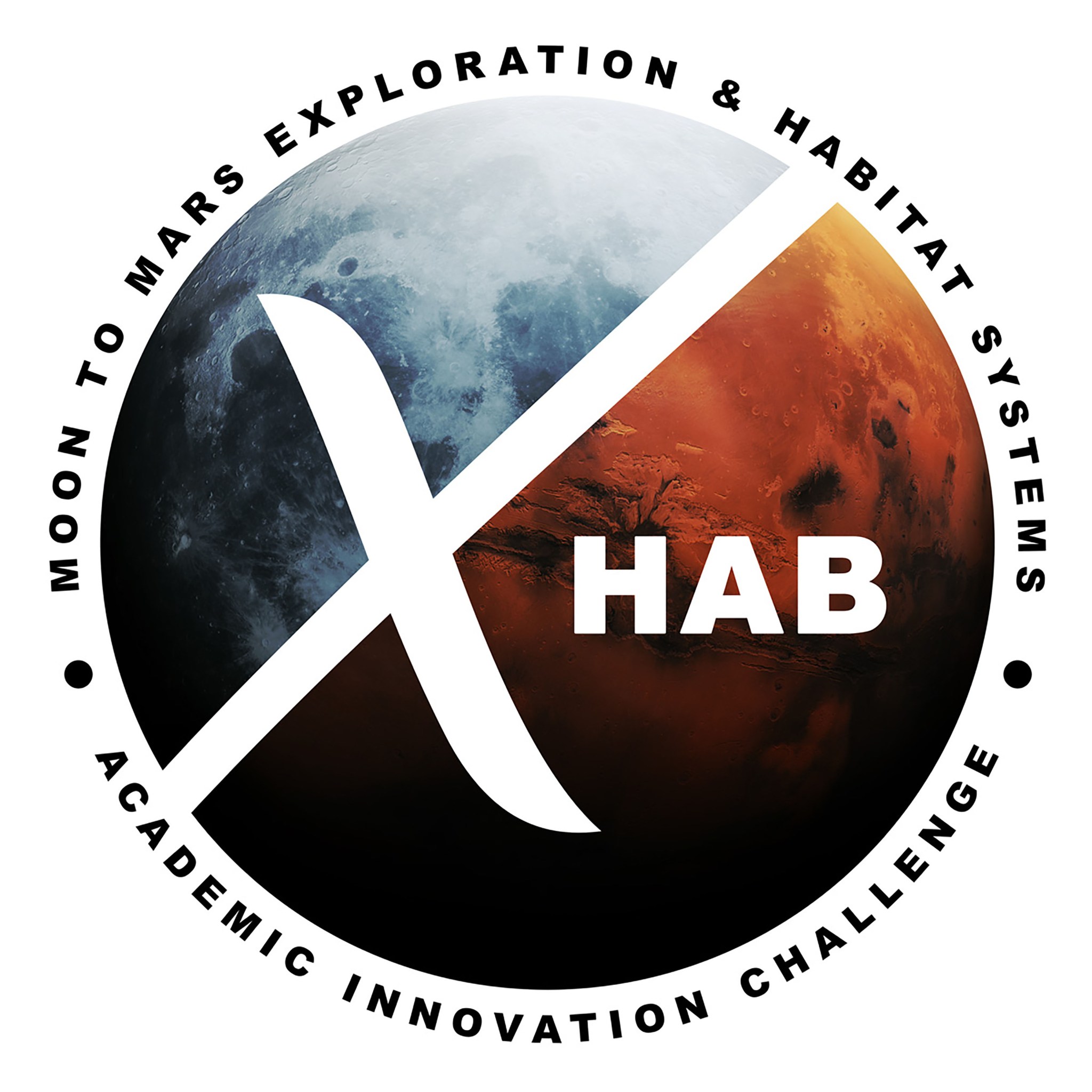If astronauts were to do 100 push-ups a day on Earth as part of an exercise routine, how many would they need to do on Mars, where gravity is about 38% of that of the home planet, to maintain an equivalent level of physical fitness? These are the types of questions researchers at Stennis Space Center are hoping to answer with the help of university students.
With NASA’s plans to return astronauts to the Moon through Artemis missions and eventually support future crewed missions to Mars, sustaining crew members’ health through exercise during long-duration flights is a critical task. Measuring and assessing the data from those activities to get a complete picture of crew wellness is a vitally important function.
As a partner and collaborator with higher education institutions, Stennis is calling on university students to develop innovative approaches to astronaut fitness through its “Intelligent Devices/Equipment/Instruments for Enabling Crew Health and Performance on Mars” project. The project is a part of the National Space Grant Foundation’s Moon to Mars Exploration Systems and Habitation (M2M X-Hab) 2023 Academic Innovation Challenge.
Stennis’ Autonomous Systems Lab, which pioneered the NASA Platform for Autonomous Systems (NPAS), is serving as the challenge sponsor. NASA’s Advanced Exploration Systems (AES) Exploration Capabilities Program will provide $13,000 to $50,000 awards to teams of undergraduate and graduate students, mentored by engineering faculty members, to develop studies or functioning crew health and performance prototypes. The deadline for proposals is April 22, 2022.
The Stennis project will award up to $30,000 for teams to research and develop a prototype of one or more intelligent devices/equipment/instruments that could be used by a crew living on Mars for extended periods of time, or longer than one Earth year. However, the challenge comes with a twist.
Teams have to model their prototypes, which must operate autonomously, after equipment used on Earth to train for hanging and rock climbing activities. This type of exercise is of interest because it optimizes the muscle strength necessary for bodily self-control, and it can be adapted for virtual reality or similar immersive applications.
For example, a typical device used for hanging and rock climbing is the hangboard, a compact fitness tool that increases a user’s finger strength. An autonomous, intelligent iteration of this tool would generate and report metrics about the exercise activity it is used for, such as forces on fingers, kinetics, energy expenditure, and other factors. This data would then be conveyed to crew health and performance managers, life support systems, and resource management systems to provide complete, real-time information about a crew’s health and performance. Likewise, the autonomous tool should be able to identify and report faults, signal maintenance needs, and be capable of monitoring and evaluating its own performance.
Student teams will benefit from participation of members representing diverse disciplines, including engineering, computer science, autonomous systems, intelligent systems, exercise science, graphical user interfaces, and others. For more information, prospective participants may view the M2M X-Hab challenge solicitation or visit the program website.
For information about NASA Stennis Space Center, visit:
C. Lacy Thompson
Stennis Space Center, Bay St. Louis, Miss.
228-363-5499
calvin.l.thompson@nasa.gov


























